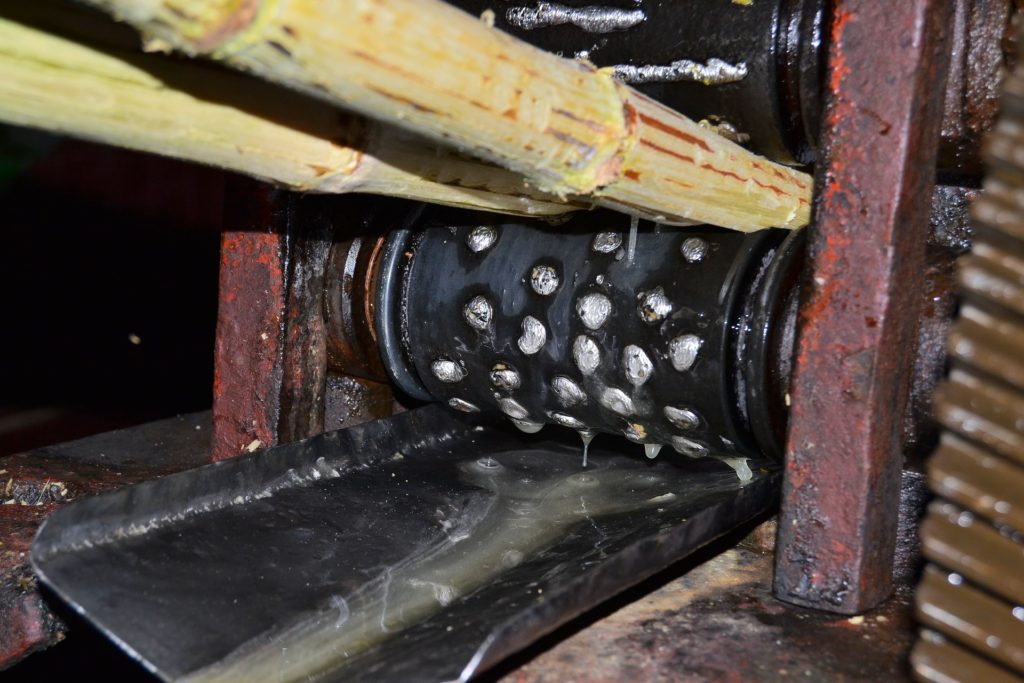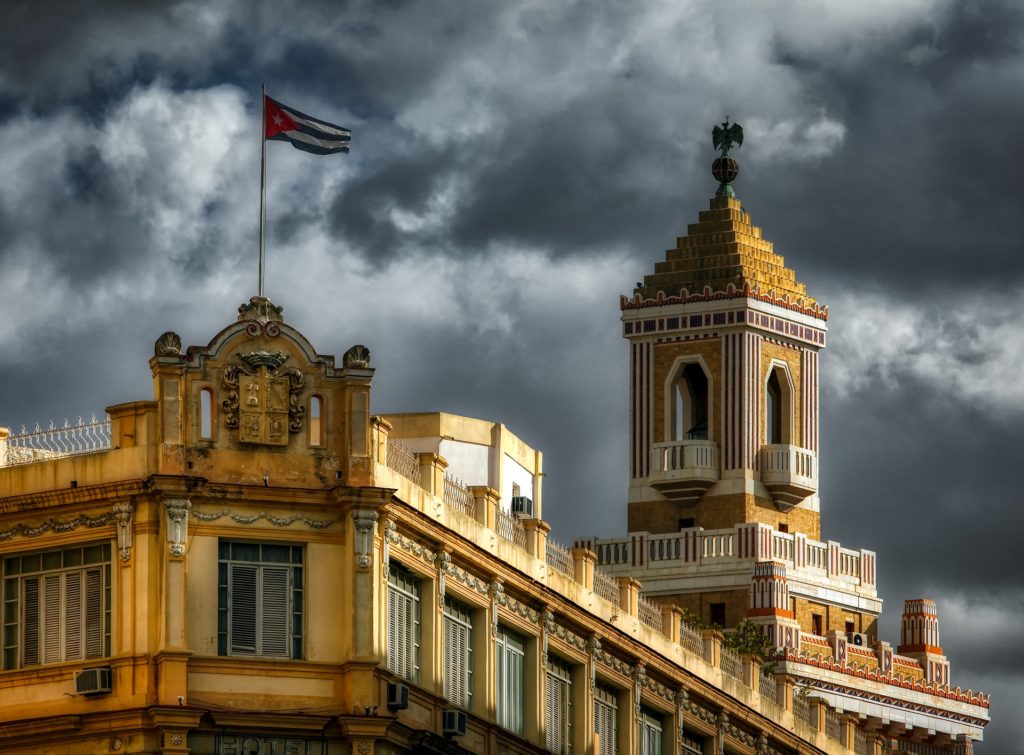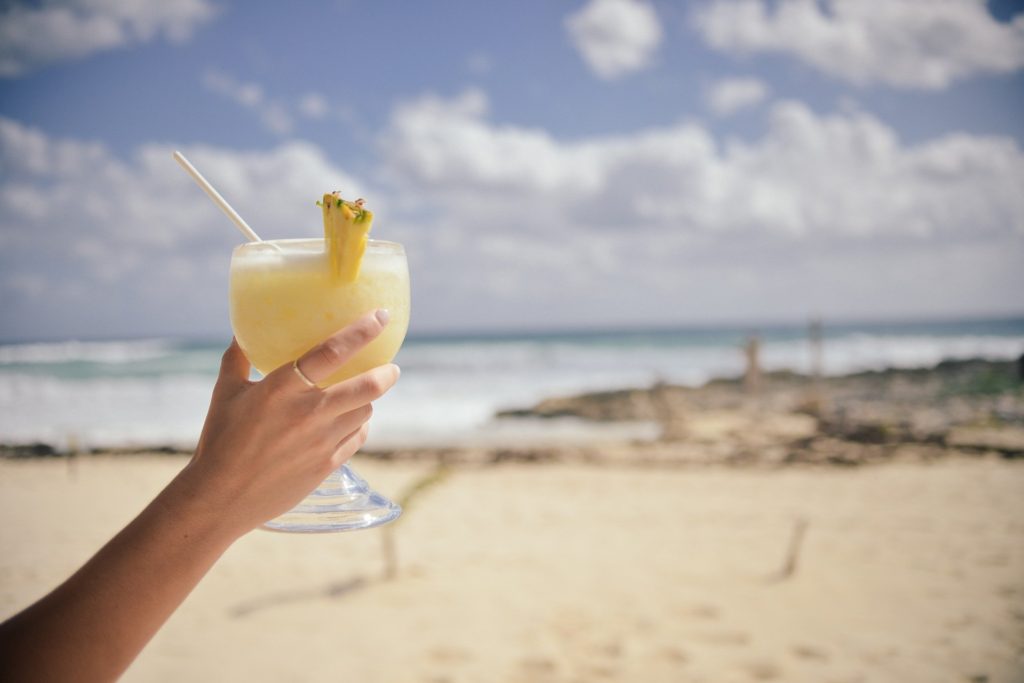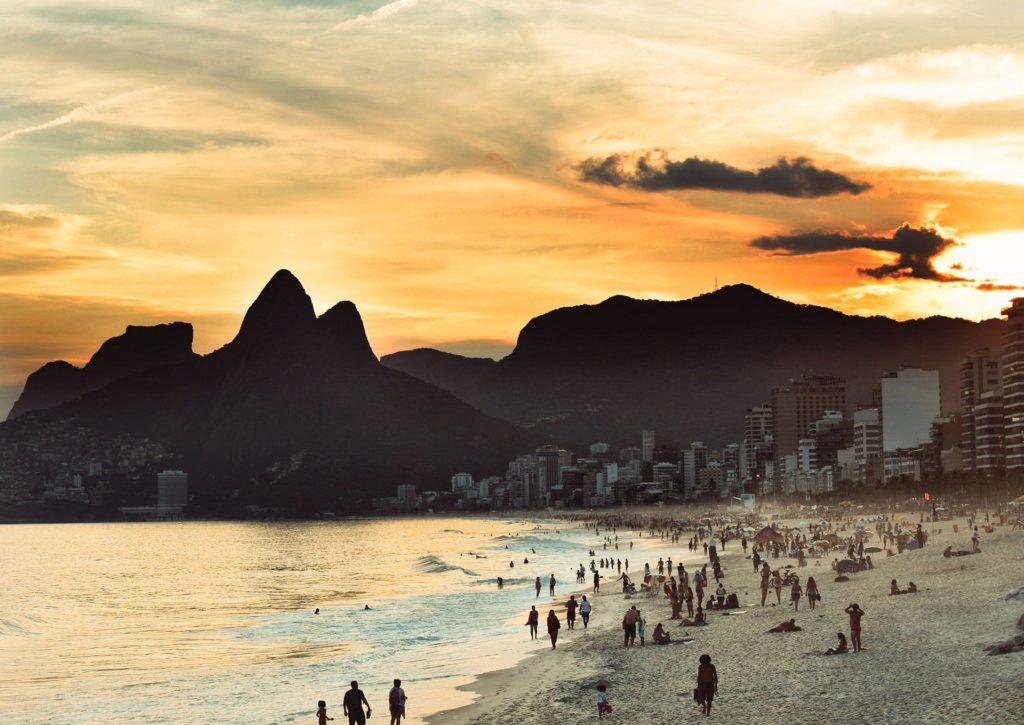Produced and consumed all around the world, rum is a truly global spirit. While this means imbibers are spoilt for choice when it comes to the liquor, the lack of a standard global classification system can mean that rum made in the Caribbean is very different to one produced in the Philippines.
The “rules” of rum are dictated by the country producing the spirits. Some countries have actual regulations whilst others go with convention. This has resulted in a hodgepodge of guidelines that dictate production factors such as its base ingredient (sugarcane juice or molasses?) minimum alcohol percentage, and ageing requirements. For example, Venezuela, the Dominican Republic and Panama require rum to be aged for two years but Mexico only requires it to be aged for 8 months. On top of that, there are also variations in the naming of the different types of rums! Very quickly, the vast world of rum can get confusing.
One way to understand and classify the world of rum is by looking at the history of the spirit. This way of categorising rum is based on the nation that colonised the land where the rum is made in. With this categorisation, there are three broad rum styles, but no official definition of each style. They are as follows:
English Style Rum
Found in: Jamaica, Barbados, Bermuda, St Lucia, Guyana, Trinidad and Tobago
Key ingredient: Molasses based
Production Style: Pot and Column distilled
Key Characteristic: darker rums with a spicy and rich molasses flavour
French Style Rum / Rhum Agricole

Found in: Martinique, Mauritius, Guadeloupe
Key Ingredients: Freshly pressed sugar cane juice
Production style: Column distilled
Key Characteristic: grassy, earthy, and floral in flavour
Spanish Style Rum
Found in: Cuba*, Dominican Republic, Puerto Rico, Colombia, Venezuela
Key Ingredient: molasses-based
Production style: column distilled and charcoaled filter
Key Characteristic: from light and smooth to oily and complex
*A special note about Cuban Rum…
Cuban rum is protected with a DOP (Denominación de Origen Protegida, “Protected Designation of Origin), which dictates the production of the spirit. For example, the DOP states that Cuban rum must be made from molasses derived from Cuban grown sugar cane and that it must undergo a minimum of two ageing stages. If you are interested in learning more about the DOP, we recommend this blog post by Cocktail Wonk.

Different Rum Grades
Another way to look at the rum classification is based on the properties of the spirit, such as colour, age, and strength.
White Rum, Light Rum and Silver Rum

White rum, also called light or silver rum is a lighter-bodied rum typically with a sweeter taste. It can be made from molasses or sugarcane juice and is usually aged for a year (although it can be aged for longer/shorter periods of time depending on the country of production) in oak casks or stainless-steel tanks, and then is typically carbon or charcoal filter. White rum is the rum of choice when making popular rum cocktails like a mojito or a piña colada.
Gold Rum and Amber Rum
It is generally agreed upon that gold rum, also called “amber” rums, are medium-bodied rums. They get their delightful amber-hue from having gone through a longer ageing in ex-bourbon barrels or through the addition of caramel for colour. The caramel doesn’t affect the flavour of the spirit and as you will soon discover, it shouldn’t be used as an indicator of flavour.
Dark Rum and Black Rum
Dark or Black rum is generally seen as the natural progression from Golden rum. It should come to no surprise that there is no exact definition. The consensus around dark rum is that they are aged for long periods of time in heavily charred barrels or with the addition of oak chips. Giving the rum a stronger flavour and deeper colour. Additional caramel can be added to give the desired darker hue, again this will have no effect on the final flavour.
It’s not uncommon to find dark and black rum are labelled as “aged rum” on the packaging. Aged rum is a very broad and overarching term for any rum that has spent time in an oak barrel. Taking on a darker hue and a different flavour to their unaged or younger age counterparts. Aged rum can often be marketed as a premium rum as well, which is a growing trend in the spirits market.
Spiced Rum or Flavoured Rum
This one is pretty self-explanatory. In the case of spiced rum, the selected spices (e.g. nutmeg and cinnamon) and other flavours (vanilla) are added to the rum during the distillation phase or they are macerated.
Rhum Agricole/ Agricole Rum
Rhum Agricole is the French term from cane juice rum. Made under the French style it’s is a type of rum that is made from freshly squeezed cane juice. By using cane juice, it creates a spirit that is a lot more earthy and grassy in flavour, compared to its molasses-based counterpart which leans towards a more creamy, sweet taste.
While Rhum Agricole is made across the French Caribbean islands, the only rhum from the island of Martinique is protected under the legal ruling of an Appellation d’Origine Contrôlée (AOC) meaning that it must be made a certain way. Like other products covered under the AOC, such as Cognac and Champagne, the AOC is here to protect the products and producers from inferior knockoffs. There are several legal requirements to be given the AOC, for example, you must be on of the following: rhum blanc, Rhum Martinique “élevé sous Bois” (cask-aged rum), Rhum Martinique “vieux” (extra aged rum). Other designations can be found here.
BONUS: Cachaça

Probably best known as the key ingredient in a Caipirinha. Cachaça (pronounced kah-shah-sah) is not a rum but is often mistaken as one because it’s made from sugar cane juice.
The rules of cachaca are thoroughly spelt out by the Brazilian government. Cachaça is a clear spirit with an abv between 38-48%, made from fermented freshly-pressed sugar cane juice. It can only be produced in Brazil using sugar cane and has to be distilled once. There are two types of cachaça, unaged (Branca cachaça or prata cachaça ) and aged (amarela cachaça or ouro cachaça). Aged cachaça can be aged in American or French oak barrels but it can also be matured in barrels made from Indigenous Brazillian wood. It is one of the few spirits that is allowed to do so and imparts a truly unique flavour on the spirit.
We hope that this guide has helped to give some clarity to the puzzling but fascinating world of rum! If you’ve got any more questions or are looking to buy some rum, contact our experts today!


